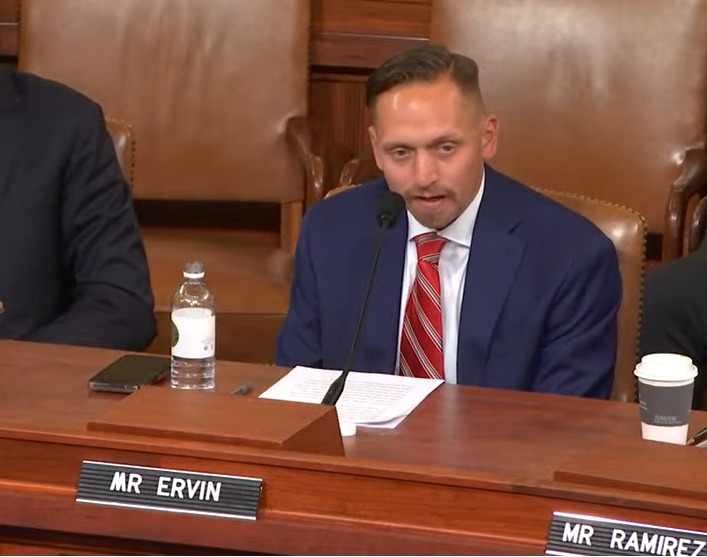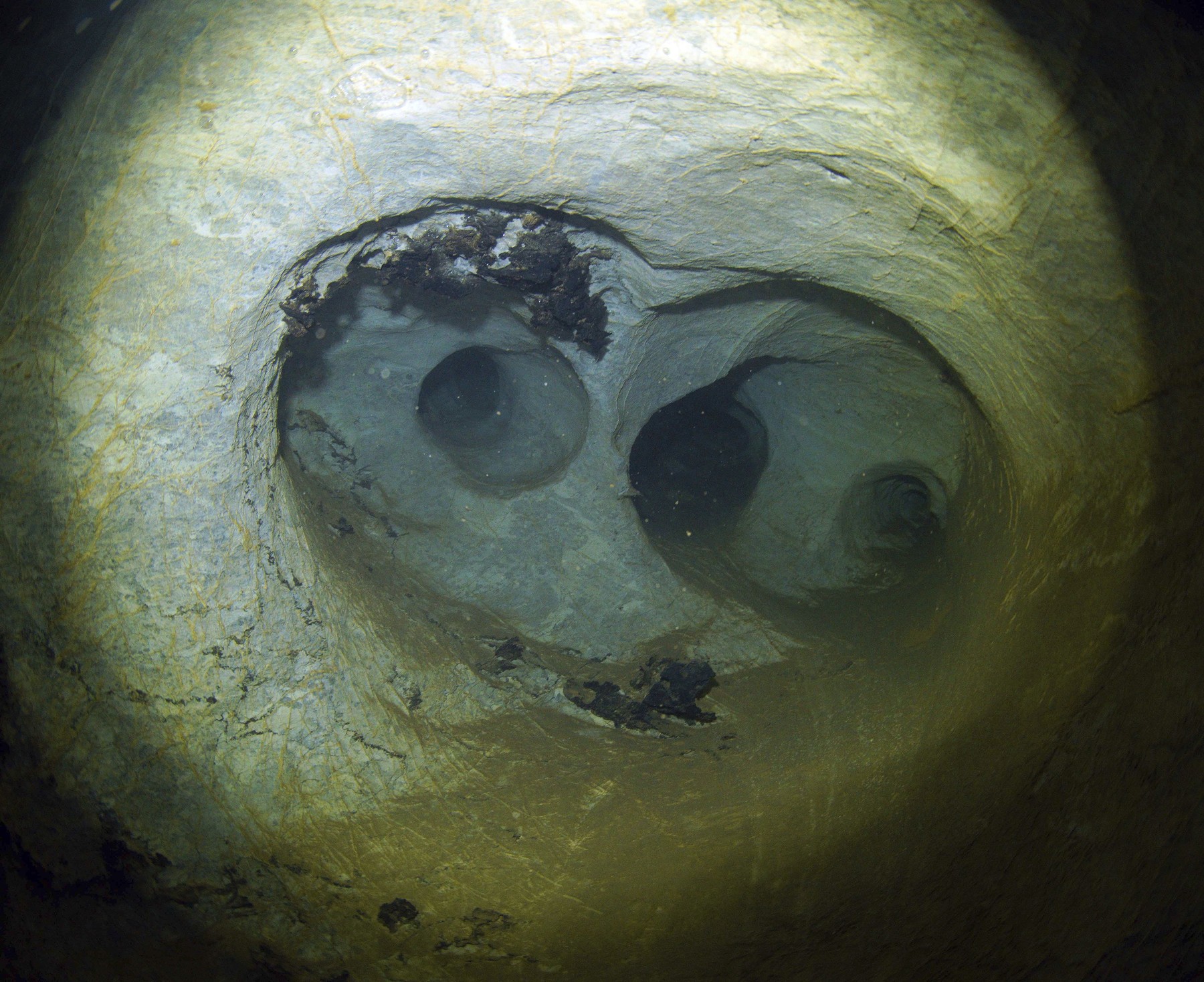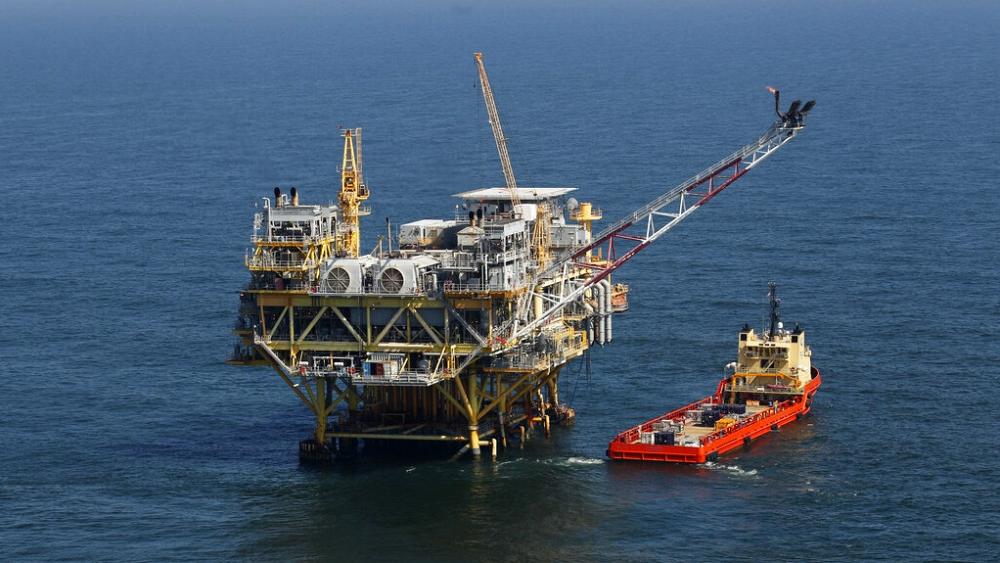Obsolete offshore oil rigs in the United States are being recycled as artificial reefs.
There are more than 12,000 offshore oil and gas production platforms around the world. When the sediments on the ocean floor are depleted, or raw materials can only be extracted uneconomically, these structures become redundant for humans, and their importance for the marine ecosystem increases.
These towers are usually a few kilometers from the beaches. It rises 60-70 meters above the water surface, but is home to a rich fauna that reaches 100-120 meters below the surface. In the long term, fossil fuels are expected to decline, so these structures are slowly losing relevance. Dismantling and removing them is a very expensive and labor intensive process, but if they rust and break, it can severely damage marine life.
The best solution so far is to remove the above-ground elements of the platform and keep the underwater portion as a reef. Business is good for everyone, as oil company demolition costs are halved and reef life has flourished.
This practice dates back nearly 40 years in the United States. In 1984, Congress recognized the importance of artificial reefs in law, while encouraging states to develop transformation plans. Today, such programs exist in each of the five coastal states of the Gulf of Mexico, where more than 500 oil and gas platforms have been converted to date.
Artificial coral reefs are among the richest marine habitats in the world, with an abundance of food, easy shelter from predators and safe breeding grounds. According to marine biologist Milton Love, who has been studying such areas for 20 years, rigs are better than natural reefs for some species.
One of the biggest gainers is the rockfish, whose stocks have plummeted due to overfishing off the west coast of the United States. These fish are found in large numbers around oil rigs. They live on these coral reefs with a density not found anywhere else in nature.
Love says the reason for the sheer size of the fish living on California’s rigs is in part because the state’s fishing bans near oil rigs. Many animals choose these structures as they age and move into deeper and deeper waters, and they simply have to swim under the platform to find a new habitat there.








































